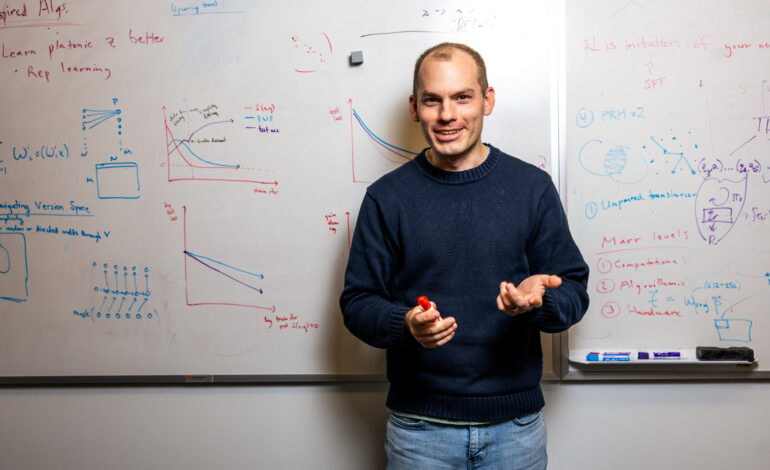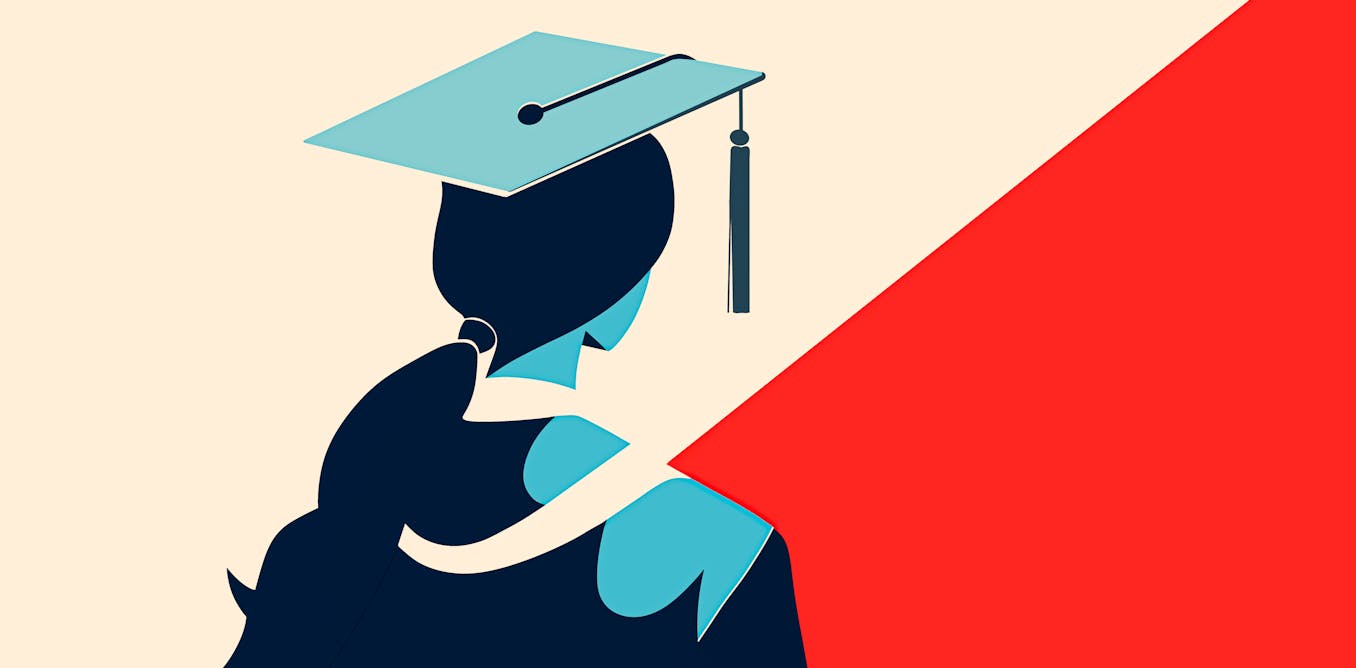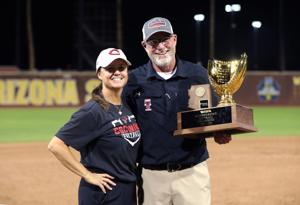Exploring Human-Like Intelligence Through AI Research

The quest to understand human intelligence is increasingly leading researchers to explore artificial intelligence (AI) systems. At the forefront of this inquiry is Phillip Isola, a newly tenured associate professor in the Department of Electrical Engineering and Computer Science at MIT. His work focuses on the computational mechanisms that drive human-like intelligence, particularly in the realms of computer vision and machine learning.
Isola aims to uncover how intelligence emerges in AI models, the way these models interpret their surroundings, and the parallels between their operational structures and those of human brains. “I see all the different kinds of intelligence as having a lot of commonalities, and I’d like to understand those commonalities,” he explains. By deepening our understanding of AI’s cognitive capabilities, Isola believes society can integrate these systems more effectively, maximizing their potential benefits.
Background and Academic Journey
Isola’s fascination with scientific inquiry began early in his life while hiking along the northern California coastline. Growing up in San Francisco, he developed an interest in geological processes and the mechanisms of the natural world. This curiosity carried over into his academic pursuits. At Yale University, Isola explored cognitive sciences, which sparked his interest in the brain’s complexities.
During his undergraduate years, he worked in the lab of his mentor, Brian Scholl, a member of the Yale Department of Psychology. Following a gap year at an indie video game company, he enrolled in the graduate program in brain and cognitive sciences at MIT, where he felt a strong connection with the research community.
His PhD advisor, Ted Adelson, had a significant impact on Isola’s career trajectory. Adelson emphasized understanding fundamental principles over merely pursuing engineering benchmarks. Isola shifted his focus toward computer science and AI during this time, believing he could make greater strides in understanding cognitive questions through a computational lens.
Research Focus and Contributions
Isola’s doctoral thesis centered on perceptual grouping, a process through which both humans and machines organize disparate elements into coherent objects. This foundational work has implications for various applications, including autonomous vehicles and medical imaging. After completing his PhD, he undertook a postdoctoral fellowship at the University of California at Berkeley, where he further honed his focus on AI.
At Berkeley, Isola developed image-to-image translation frameworks, an early form of generative AI that can transform sketches into photographs or convert black-and-white images into color. After a brief stint at OpenAI, where he learned about reinforcement learning, he returned to MIT to lead his own research group.
His current research investigates the computations underlying human-like intelligence in machines, with a particular emphasis on representation learning. This involves how AI models can perceive and represent sensory information, a fundamental aspect of achieving more advanced AI capabilities.
Recent findings from Isola’s team suggest that various machine-learning models, despite being designed for different tasks, represent the world in remarkably similar ways. This observation led to the introduction of the Platonic Representation Hypothesis, proposing that all these models converge toward a unified representation of reality.
Isola elaborates, “Language, images, sound — all of these are different shadows on the wall from which you can infer that there is some kind of underlying physical process — some kind of causal reality — out there.”
Another significant area of exploration for Isola’s team is self-supervised learning, which enables AI models to identify relationships within data without relying solely on labeled examples. This approach can expand the capabilities of AI systems significantly, as labeled data can often be scarce and costly.
Despite the challenges of pursuing uncharted research paths, Isola is driven by the thrill of discovery rather than simply achieving the latest benchmarks. “In a sense, we are always working in the dark. It is high-risk and high-reward work,” he notes.
Beyond his research, Isola is dedicated to educating the next generation of scientists and engineers. He co-developed a popular course on deep learning, which has grown from 30 students to over 700 enrolled this fall. He emphasizes the importance of critically evaluating the rapid advancements in AI, reminding students that the field is ever-evolving.
While acknowledging the hype surrounding AI, Isola asserts that intelligent machines are fundamentally simpler than many believe. “Human ingenuity, creativity, and emotions — many people believe these can never be modeled. That might turn out to be true, but I think intelligence is fairly simple once we understand it,” he states.
Isola’s ongoing collaboration with cognitive science researchers reflects his enduring fascination with the complexities of the human brain. He continues to find inspiration in the natural world, often hiking and backpacking during his spare time.
Looking ahead, Isola contemplates the implications of achieving artificial general intelligence (AGI), where machines can learn and apply knowledge as effectively as humans. He envisions a future where intelligent machines coexist with humans, suggesting that this partnership will open new avenues for inquiry and application. “How can I help the world in this post-AGI future? I don’t have any answers yet, but it’s on my mind,” he concludes.






